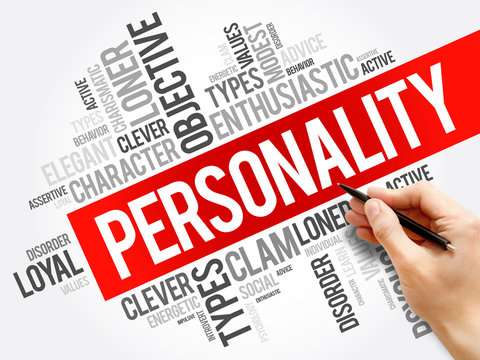In today’s dynamic workplace, teams play a crucial role in driving organizational success. However, building and managing teams can be a complex task, as individuals bring their unique personalities, strengths, and working styles to the table. To achieve optimal performance, it is essential for HR professionals and team leaders to understand the importance of balancing personality types within teams. By carefully considering and leveraging diverse personalities, organizations can create harmonious, high-performing teams that thrive in achieving their goals. In this article, we will explore the significance of personality balance in teams and discuss strategies for creating effective teams for optimal performance.

Understanding Personality Types
Personality types are often categorized using various models, such as the Myers-Briggs Type Indicator (MBTI) or the Big Five personality traits. These models provide insights into how individuals perceive the world, process information, and interact with others. Understanding the different personality dimensions can help HR professionals identify the strengths and potential challenges associated with each type, enabling them to build balanced teams.
The Power of Diversity
Diverse teams that encompass a range of personalities tend to outperform homogeneous groups. When individuals with varying personality types collaborate, they bring unique perspectives, skills, and problem-solving approaches to the table. For instance, extraverted individuals may excel in initiating and maintaining relationships, while introverted team members may exhibit deep analytical thinking and attention to detail. By embracing and harnessing these differences, teams can achieve greater creativity, innovation, and adaptability.
Strategies for Balancing Personality Types:
Assessing and Understanding Personality Profiles:
Start by assessing the personality profiles of team members through tools like personality assessments or structured interviews. It’s important to include personality tests as part of the psychometric tests you use in your hiring process. This evaluation will provide valuable insights into their strengths, preferences, and potential areas of conflict. It is important to remember that no personality type is inherently superior or inferior, and each brings unique value to the team.
Complementary Pairings:
Consider pairing individuals with complementary personality types. For instance, a visionary and big-picture thinker may benefit from a detail-oriented and organized team member. By leveraging the strengths of each individual, the team can achieve a well-rounded approach to problem-solving and decision-making.
Facilitating Effective Communication:
Encourage open and transparent communication within the team. Establish a safe and inclusive environment where team members feel comfortable expressing their thoughts, ideas, and concerns. Effective communication ensures that diverse perspectives are heard and valued, leading to better collaboration, and understanding.
Encouraging Collaboration and Team-Building Activities:
Organize team-building activities that promote collaboration and help team members understand each other’s working styles. Activities such as personality workshops, role-playing exercises, or group problem-solving tasks can foster mutual respect, trust, and understanding among team members.
Flexibility and Adaptability:
Recognize that individuals may exhibit different strengths and preferences in different situations. Encourage team members to be flexible and adaptable, allowing them to leverage their strengths when appropriate. This flexibility ensures that the team can effectively navigate various challenges and adapt to changing circumstances.
Monitoring and Adjusting:
Building effective teams is an ongoing process. HR professionals and team leaders should regularly monitor team dynamics, individual contributions, and overall performance. Assess whether the team’s balance of personality types is still aligned with its goals and make adjustments as necessary. Continuous evaluation and feedback can help optimize team performance and ensure long-term success.
Conclusion
Creating effective teams requires a thoughtful approach to balancing personality types. By embracing diversity and leveraging the strengths of each individual, organizations can foster collaboration, innovation, and optimal performance. HR professionals and team leaders play a vital role in building and managing teams that thrive in today’s rapidly changing workplace. By implementing strategies to balance personality types, organizations can unlock the full potential of their teams, driving success and achieving their goals.






